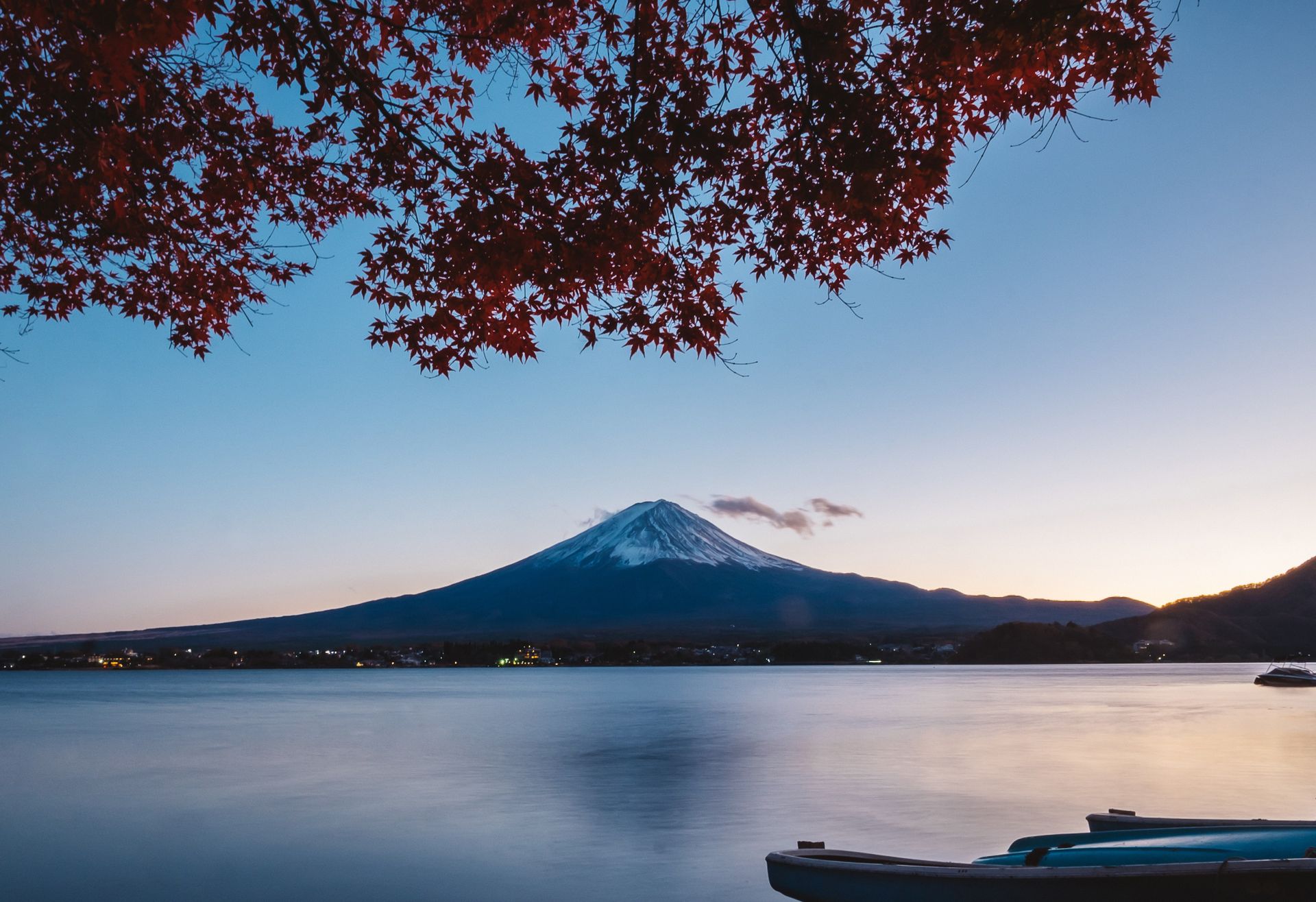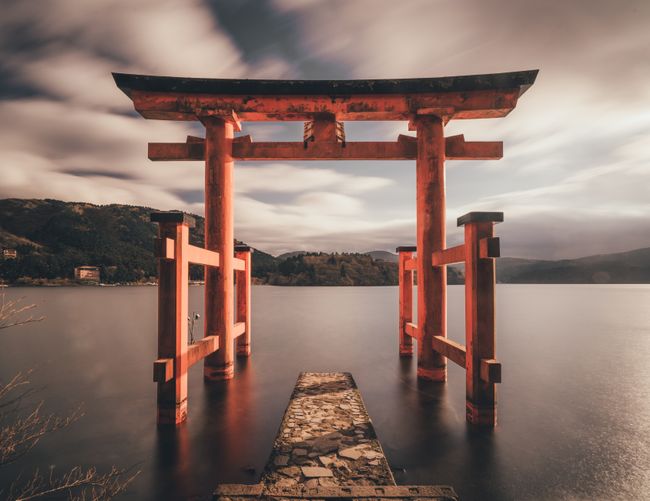Kyoto, the Second
Ishicilelwe: 21.10.2019
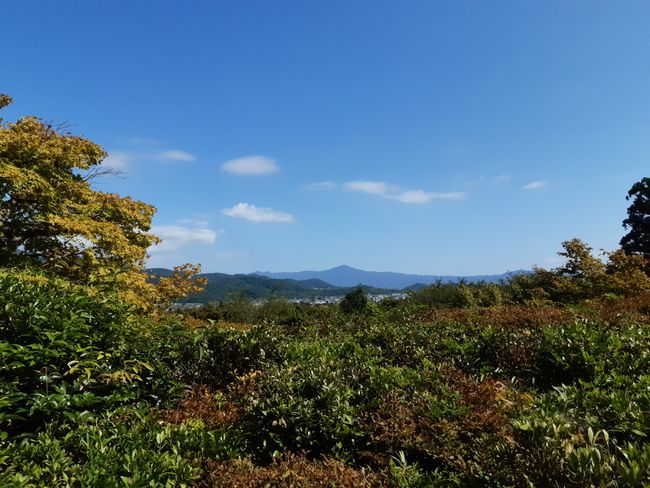
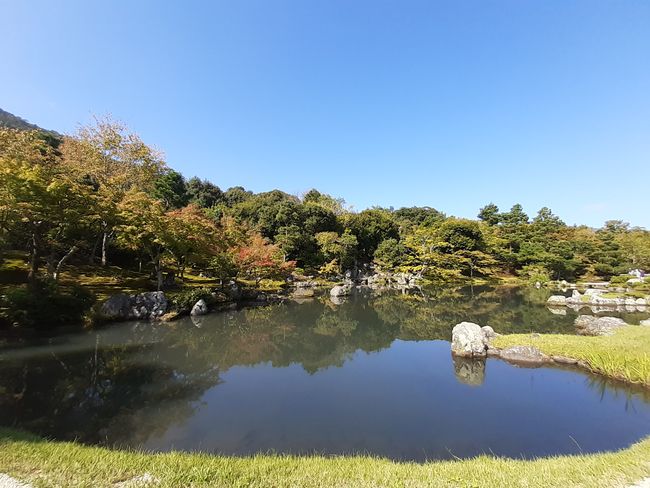
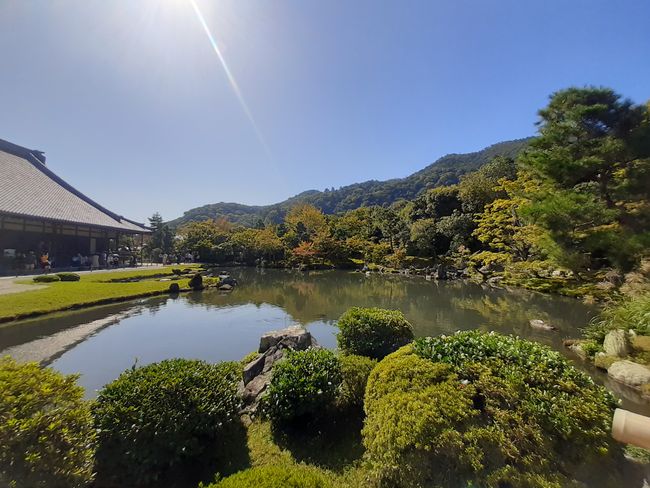
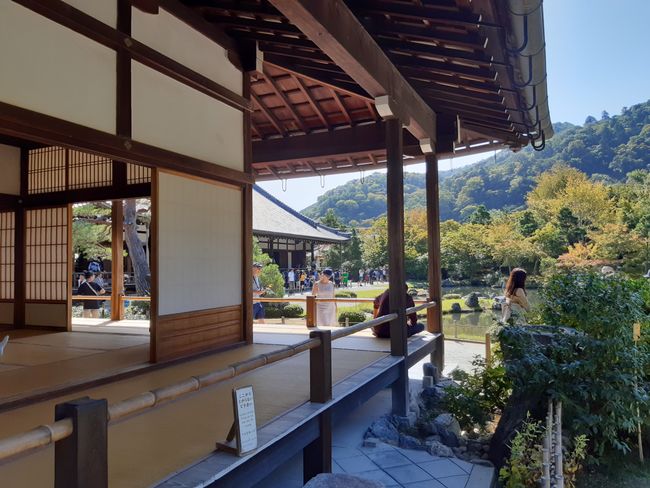
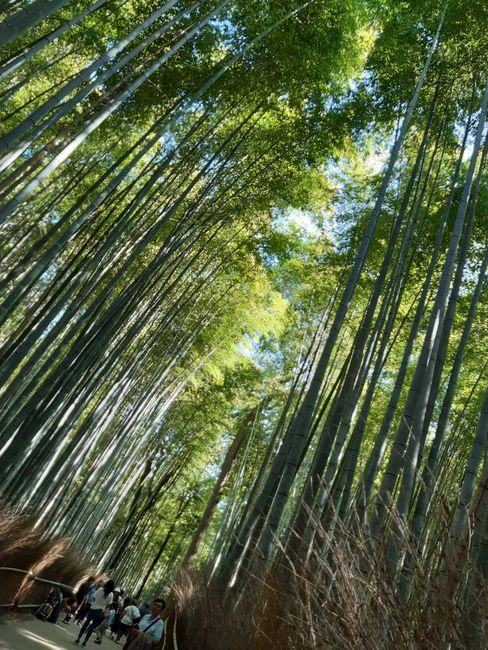
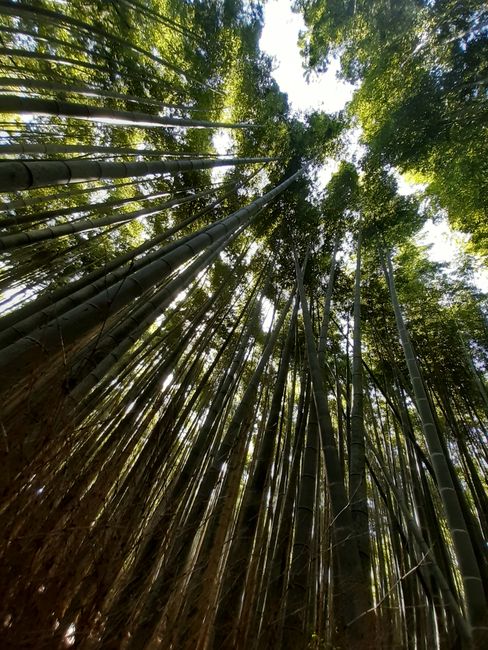

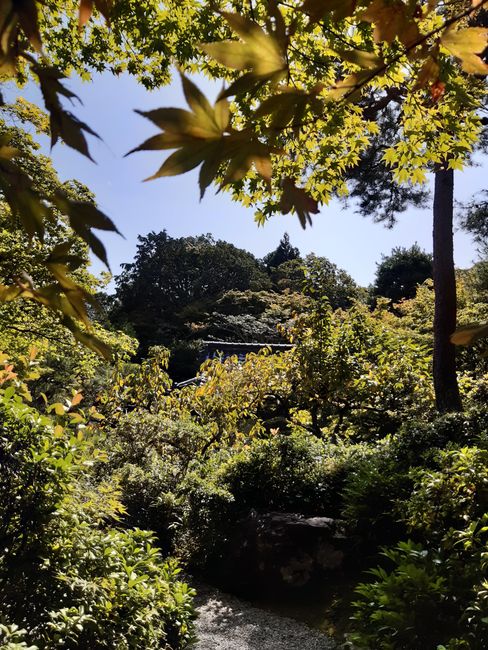

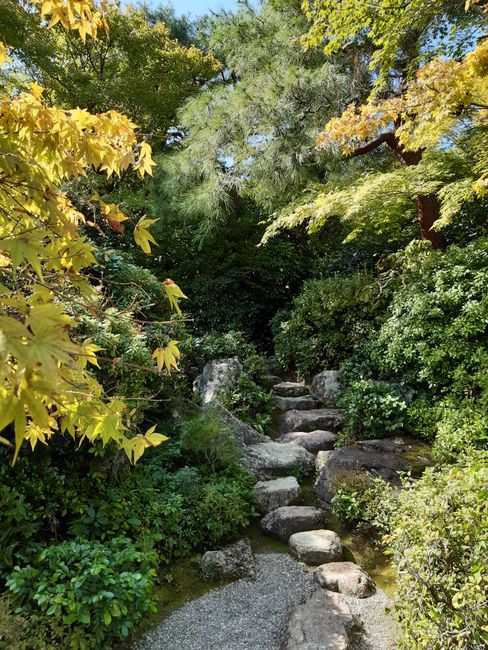
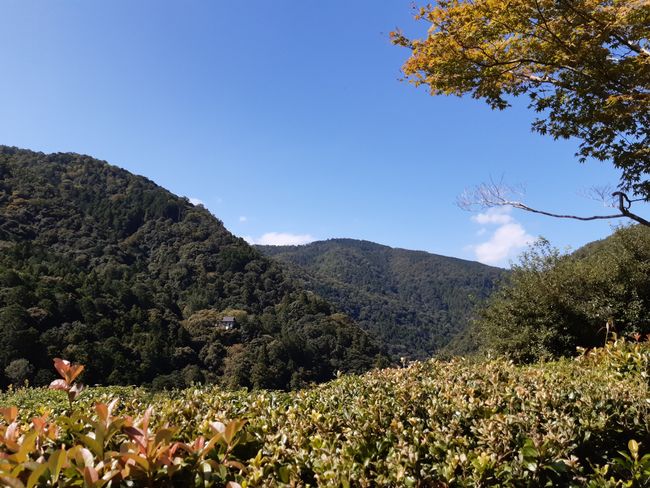
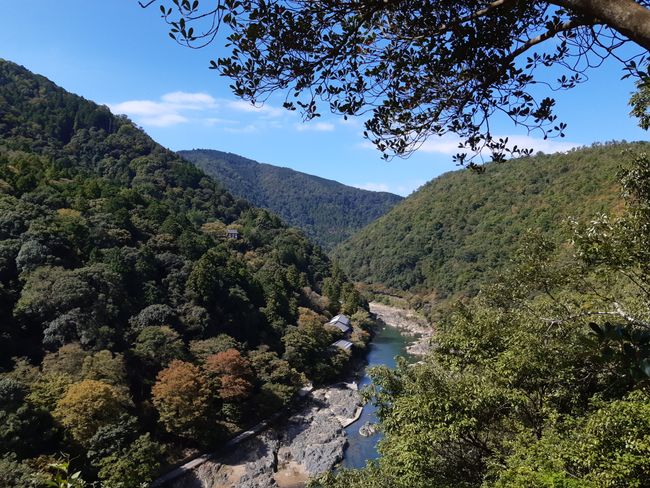
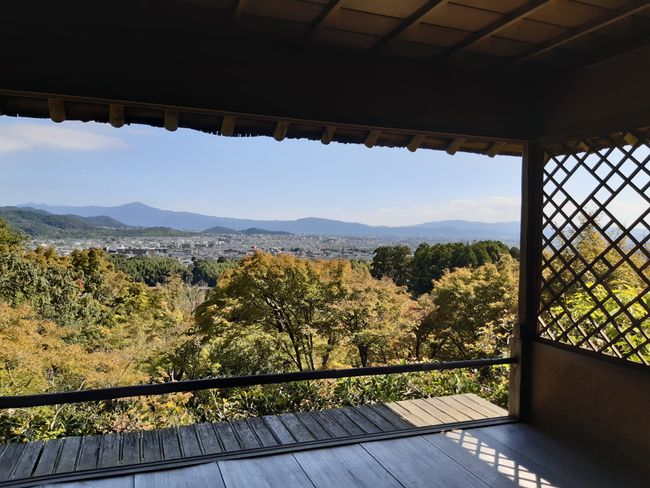
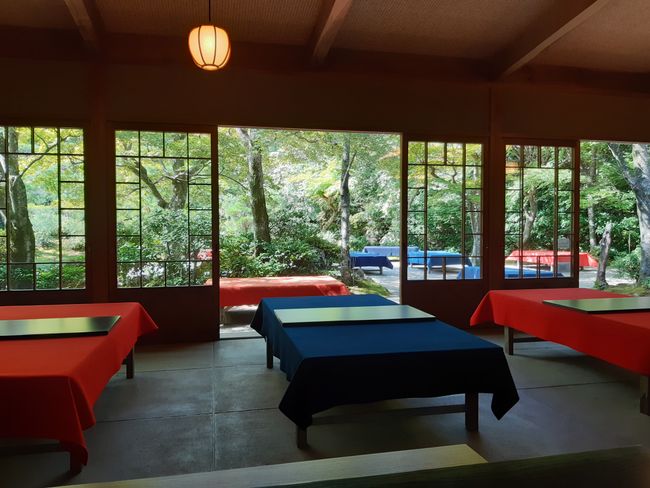
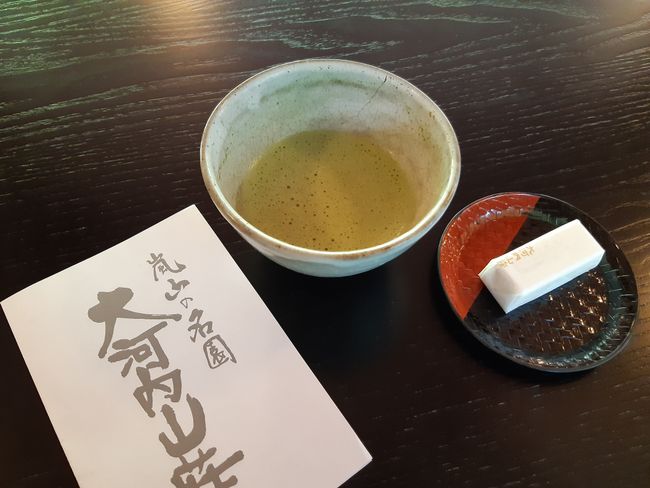
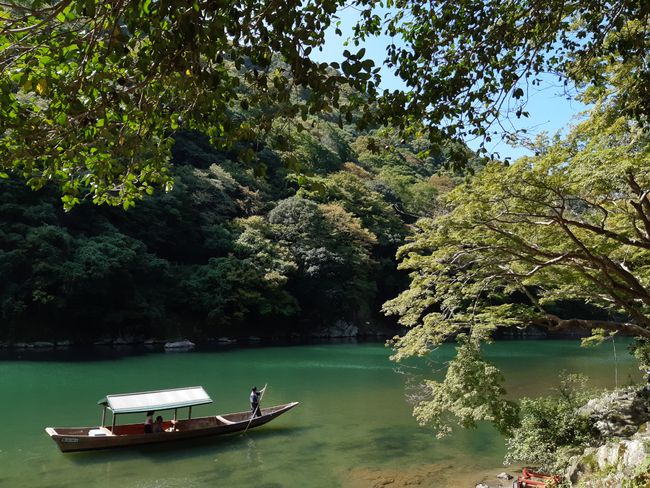
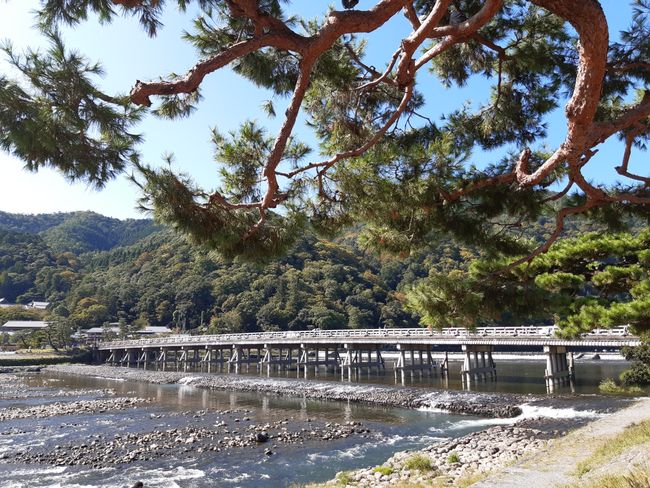
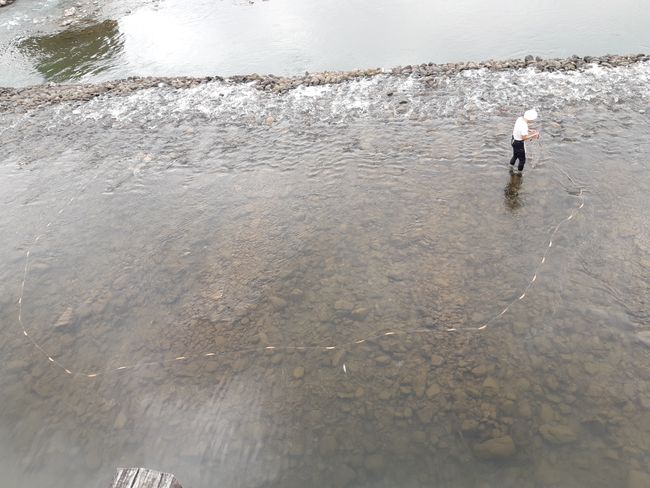
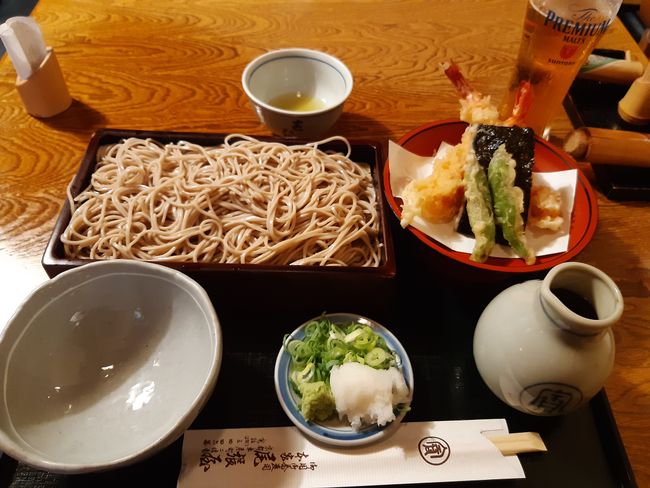
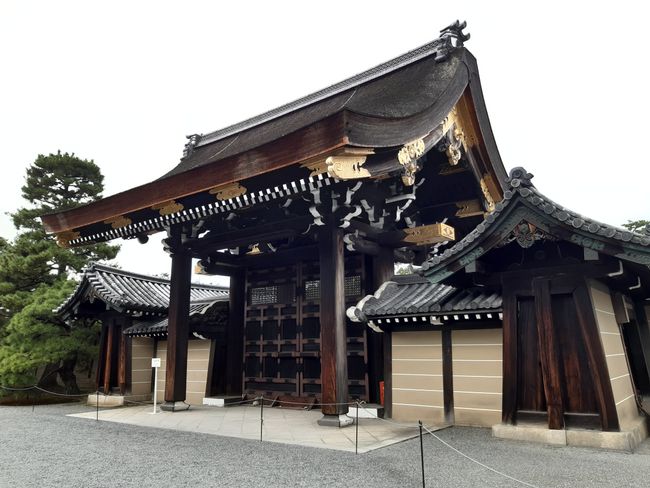
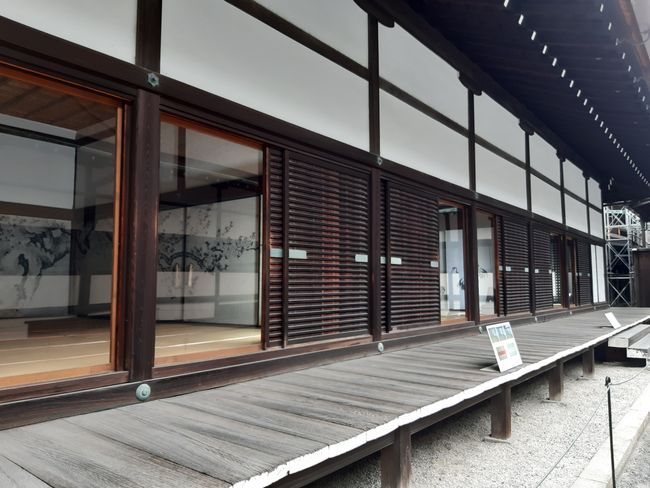
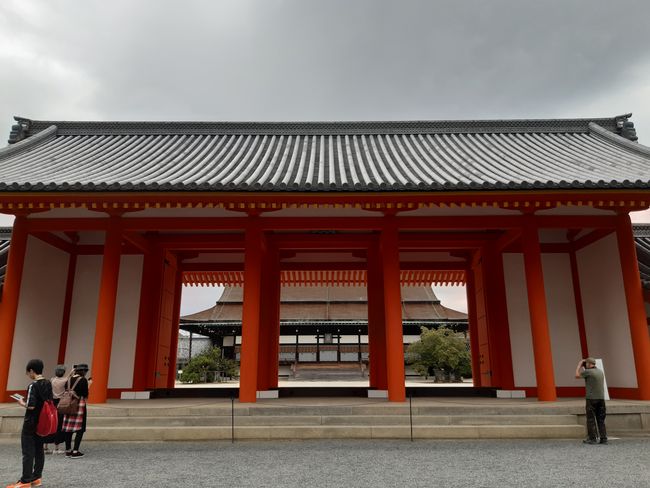
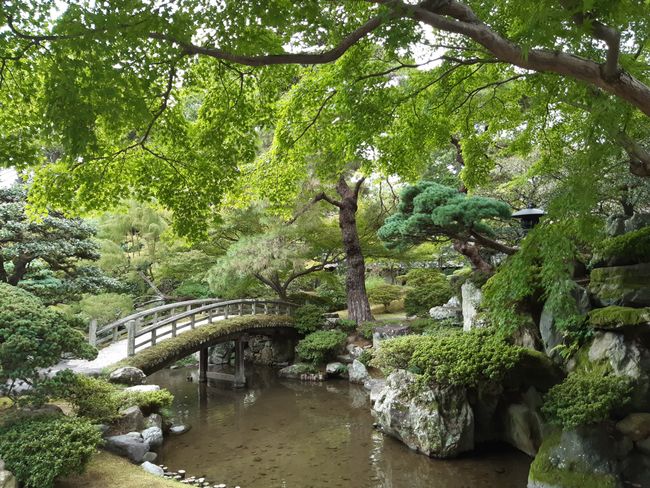
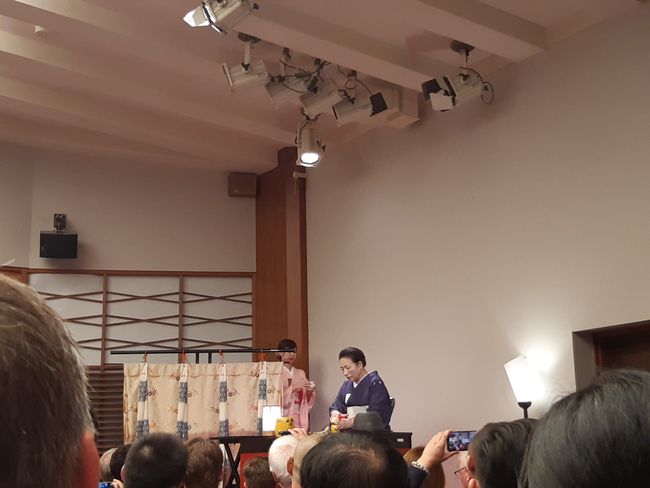
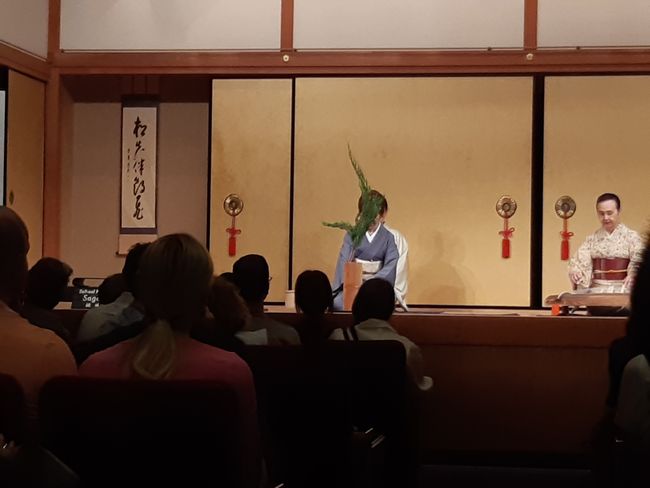
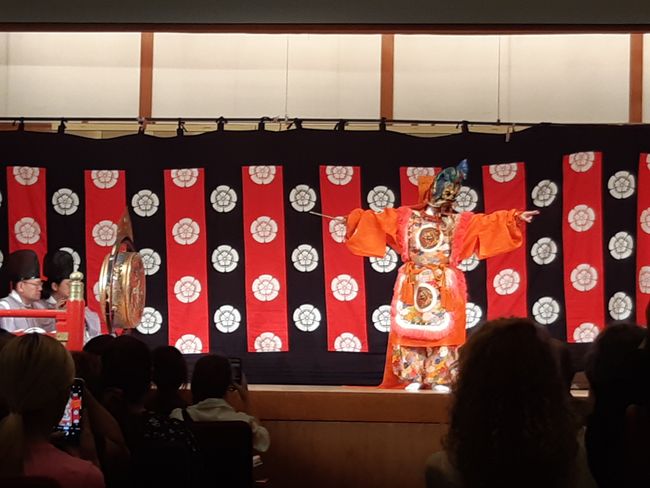
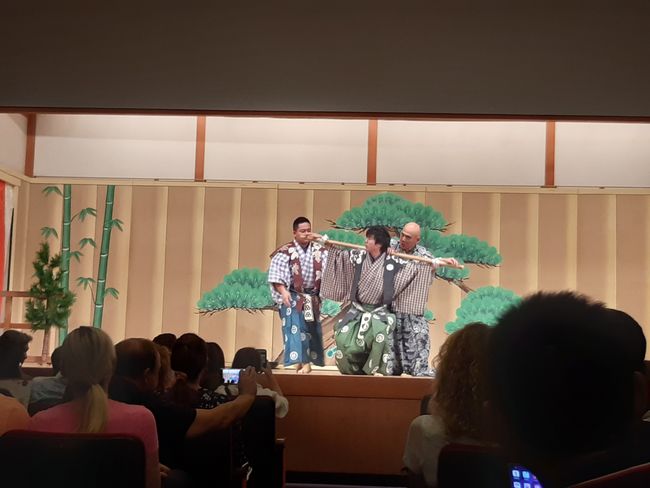
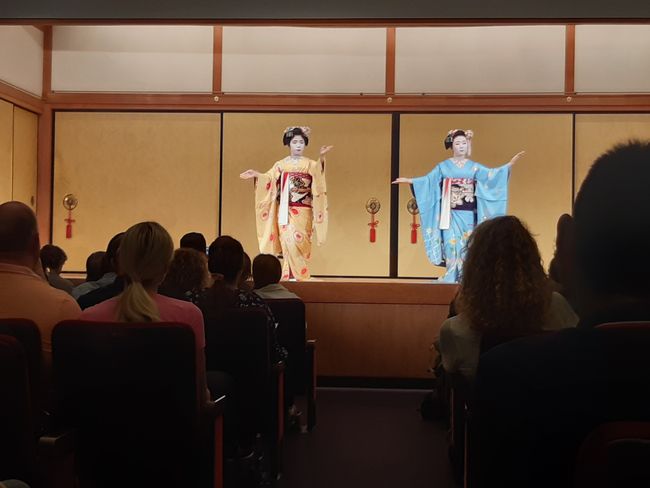
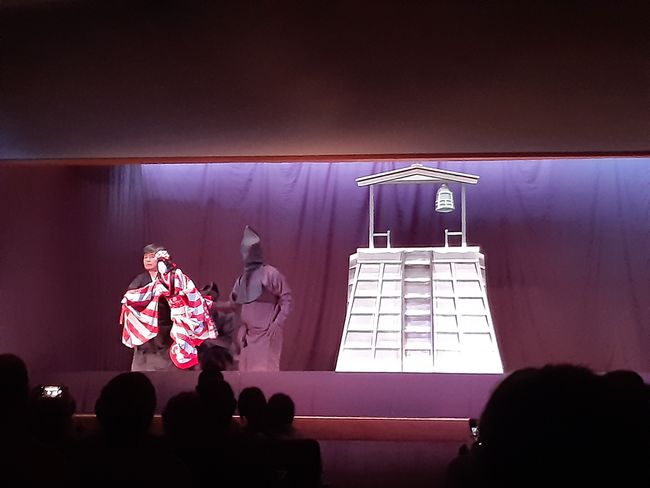
Bhalisela i-Newsletter
October 10, 2019 - Short trip to Kyoto (2)
Kyoto, the former capital of Japan, has countless temples, shrines, and gardens. One could easily spend weeks visiting a different one every day... which doesn't make the decision any easier when time is limited. Since I plan to stop in Kyoto again for 1-2 days in early December, I have decided to postpone visiting attractions that are particularly impressive during the autumn foliage, such as the Golden Pavilion Kinkaku-Ji and a ride on the Sagano sightseeing train through the mountains. Therefore, on my second day in Kyoto, I took the bus to the west of Kyoto, to Arashiyama.
Arashiyama: Temples, Gardens, and the Bamboo Forest
I had looked up a tour of the most interesting sights in Arashiyama on the internet.
First, I visited the Zen garden of Tenryuji Temple and then walked through the famous bamboo forest with 10,000 other tourists (which is actually only 200 meters long).
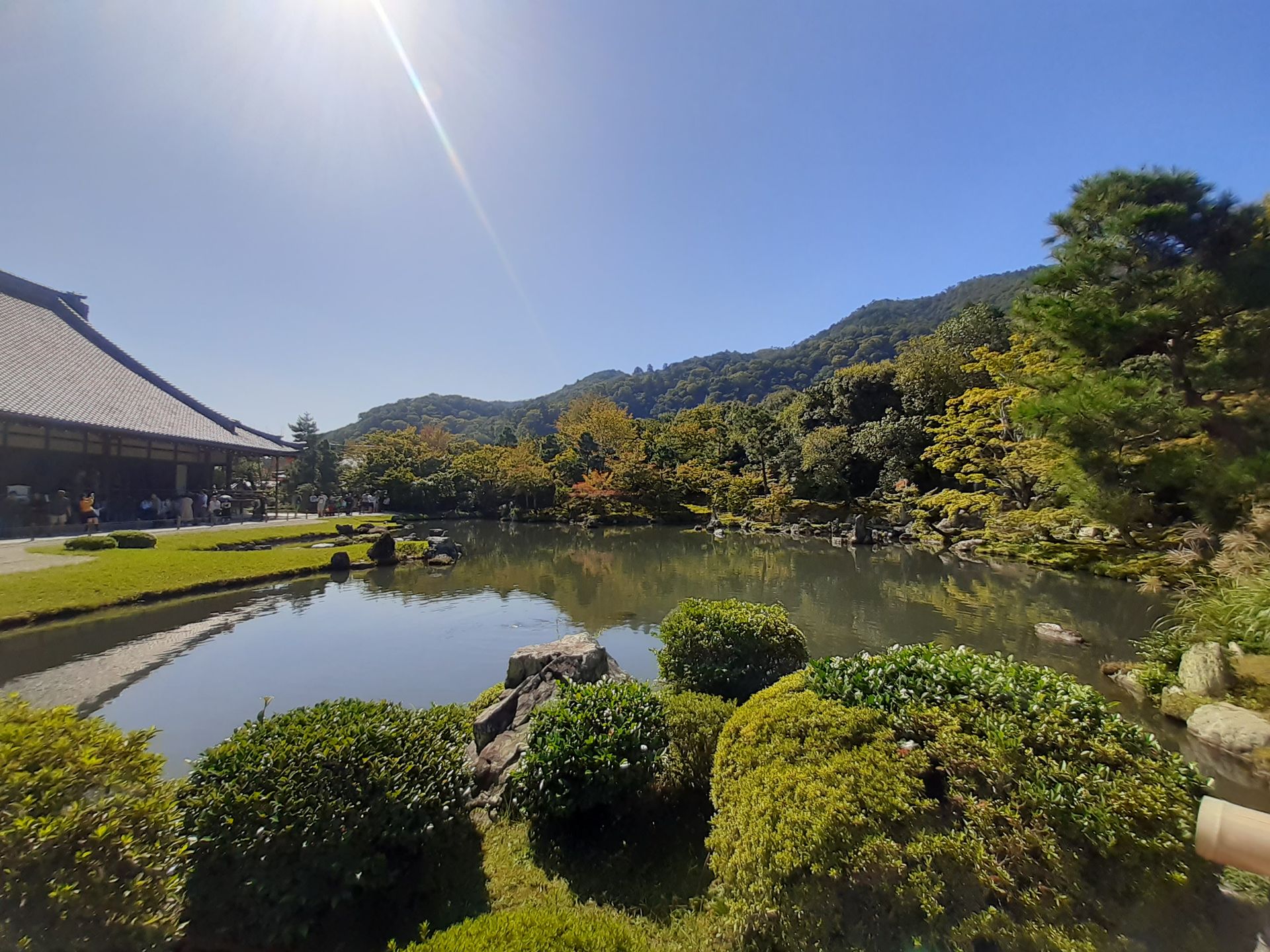
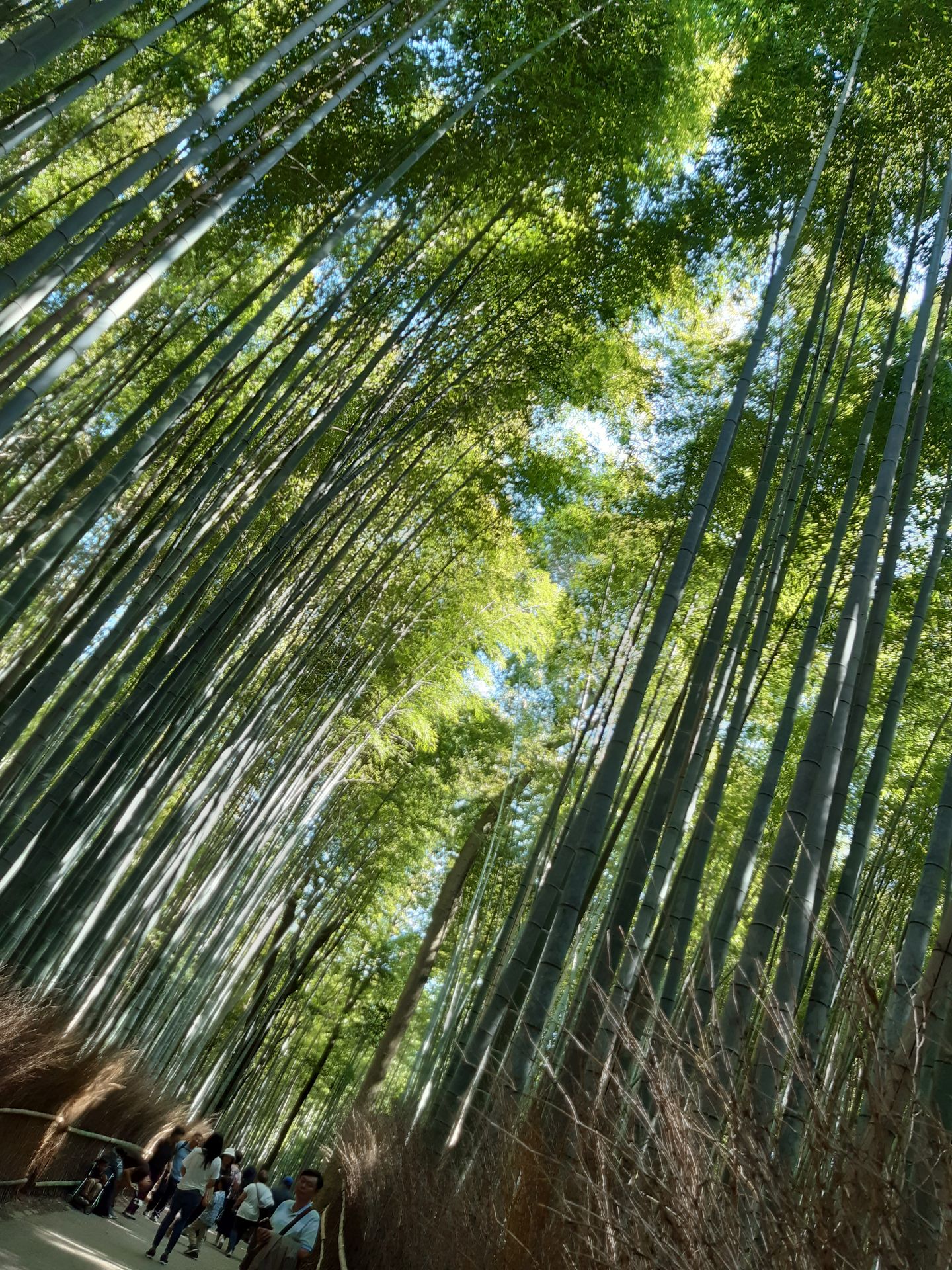
At the upper end of the bamboo forest is the Okochi Sanso Garden, which belongs to the private villa of a famous silent film actor and was created over a period of 30 years. Admission is 1000¥, which is quite expensive, but the garden with its small winding paths on the mountainside and a beautiful view over Kyoto is definitely worth it! There was also a rare postcard depicting the garden and a coupon for the garden's own tea house. There, I could relax and enjoy a cup of green tea after the tour. To make the tea less bitter, it is recommended to have a bite of the offered sweet - a delicious combination!
The garden was truly enchanting, and some of the treetops had already started to change color 🤗🍂🍁
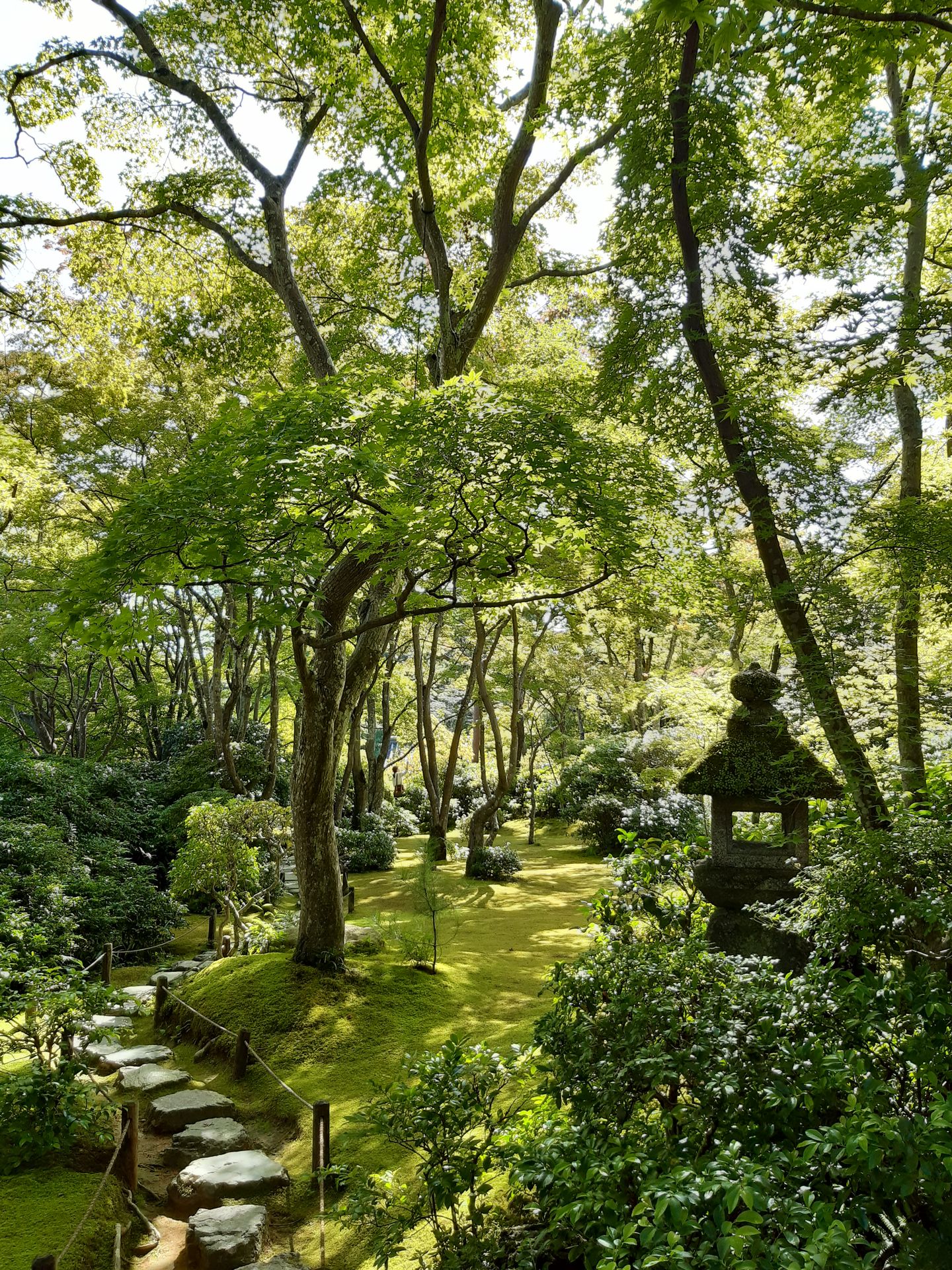
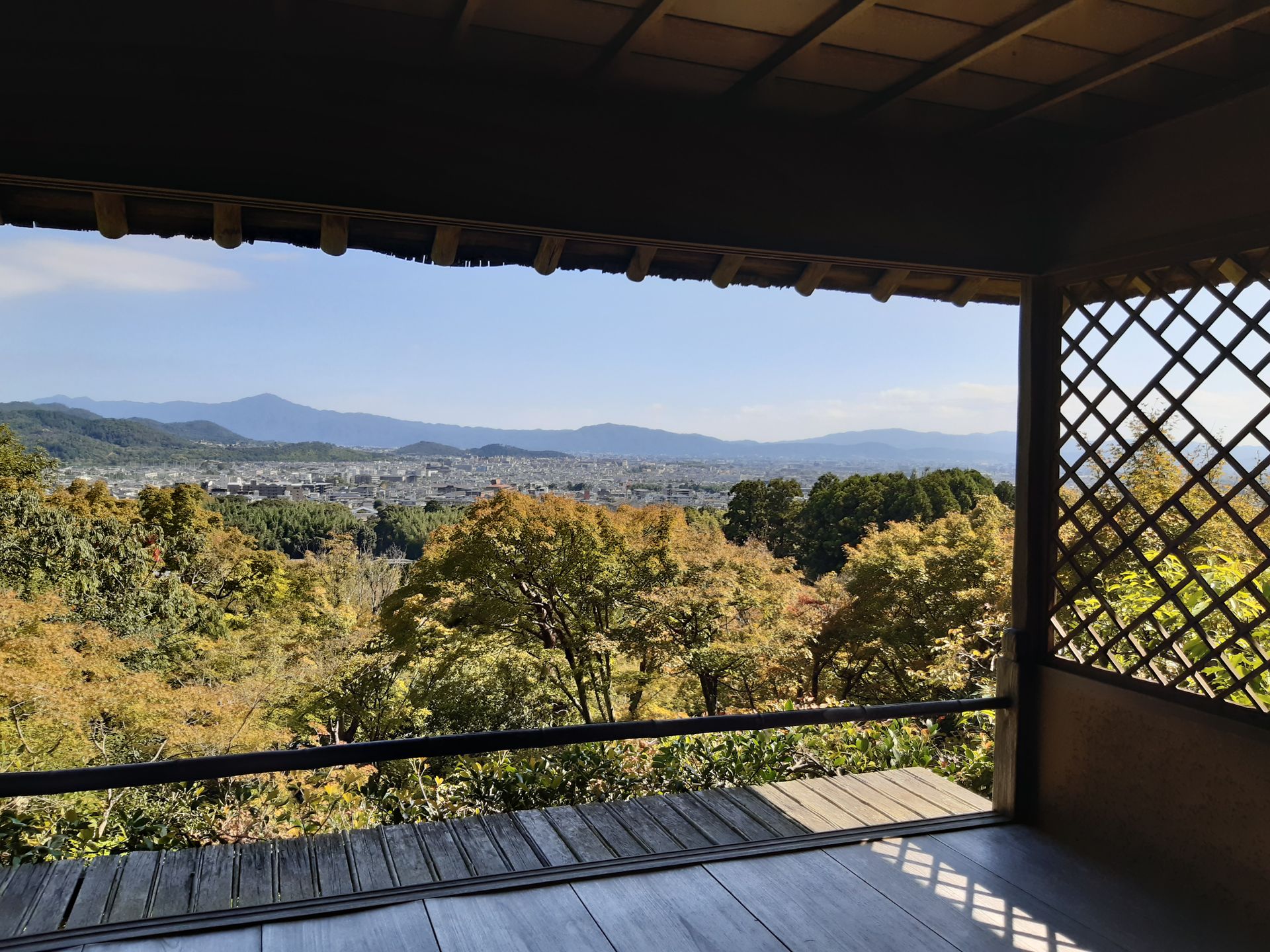

I then walked back along the river through a park to the Togetsu-kyo Bridge, where I could watch a fisherman wading through the river.
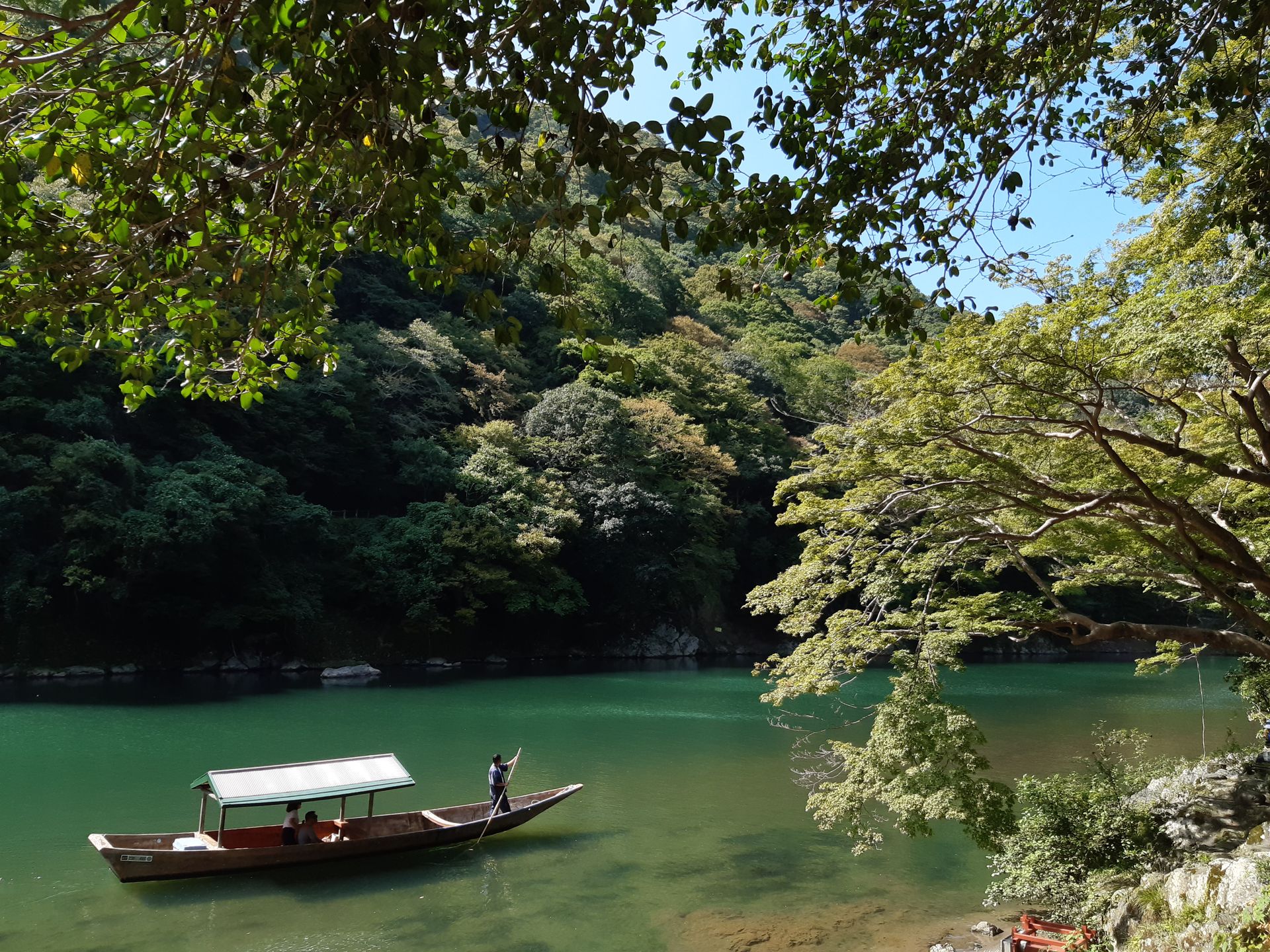
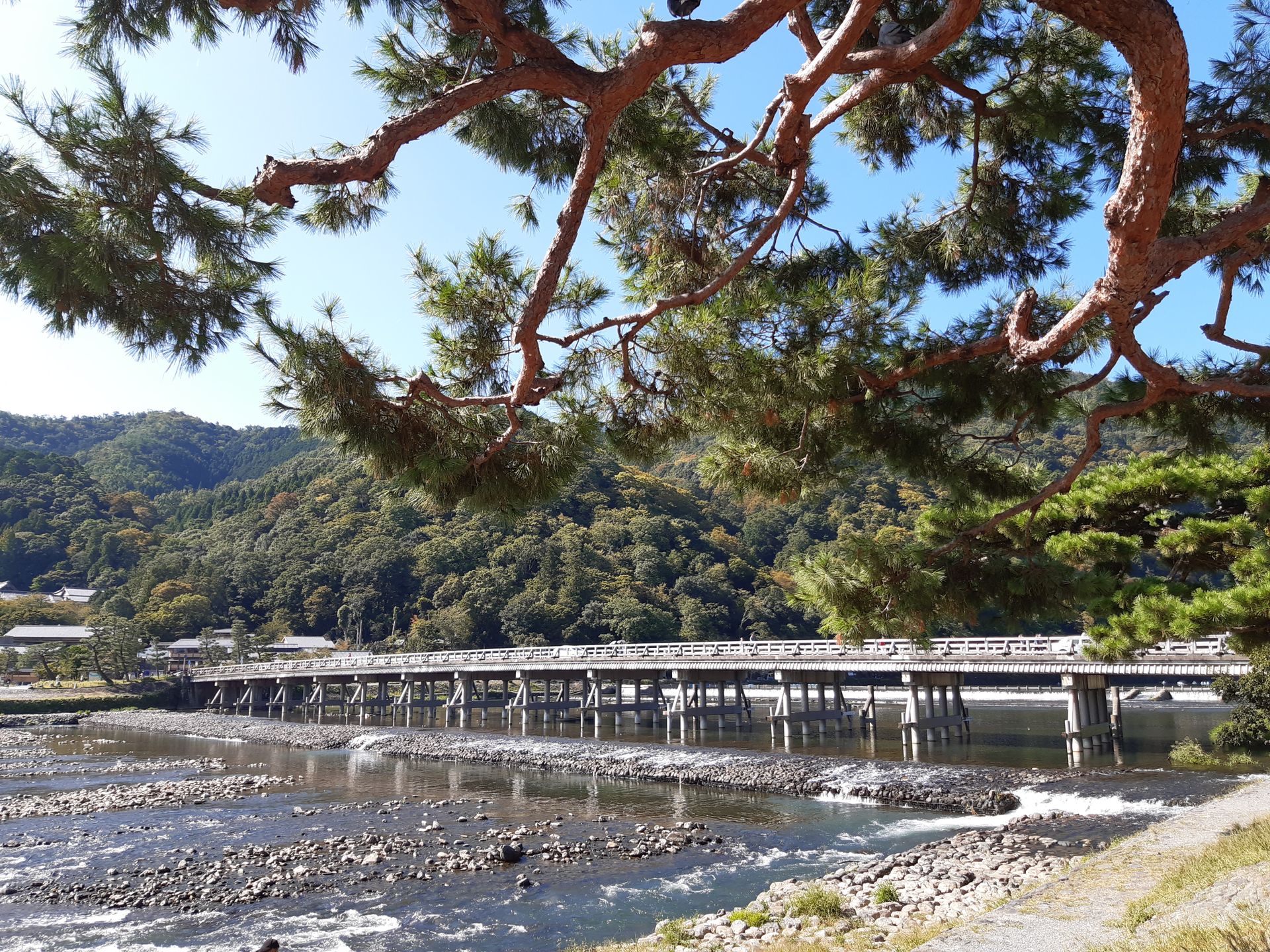
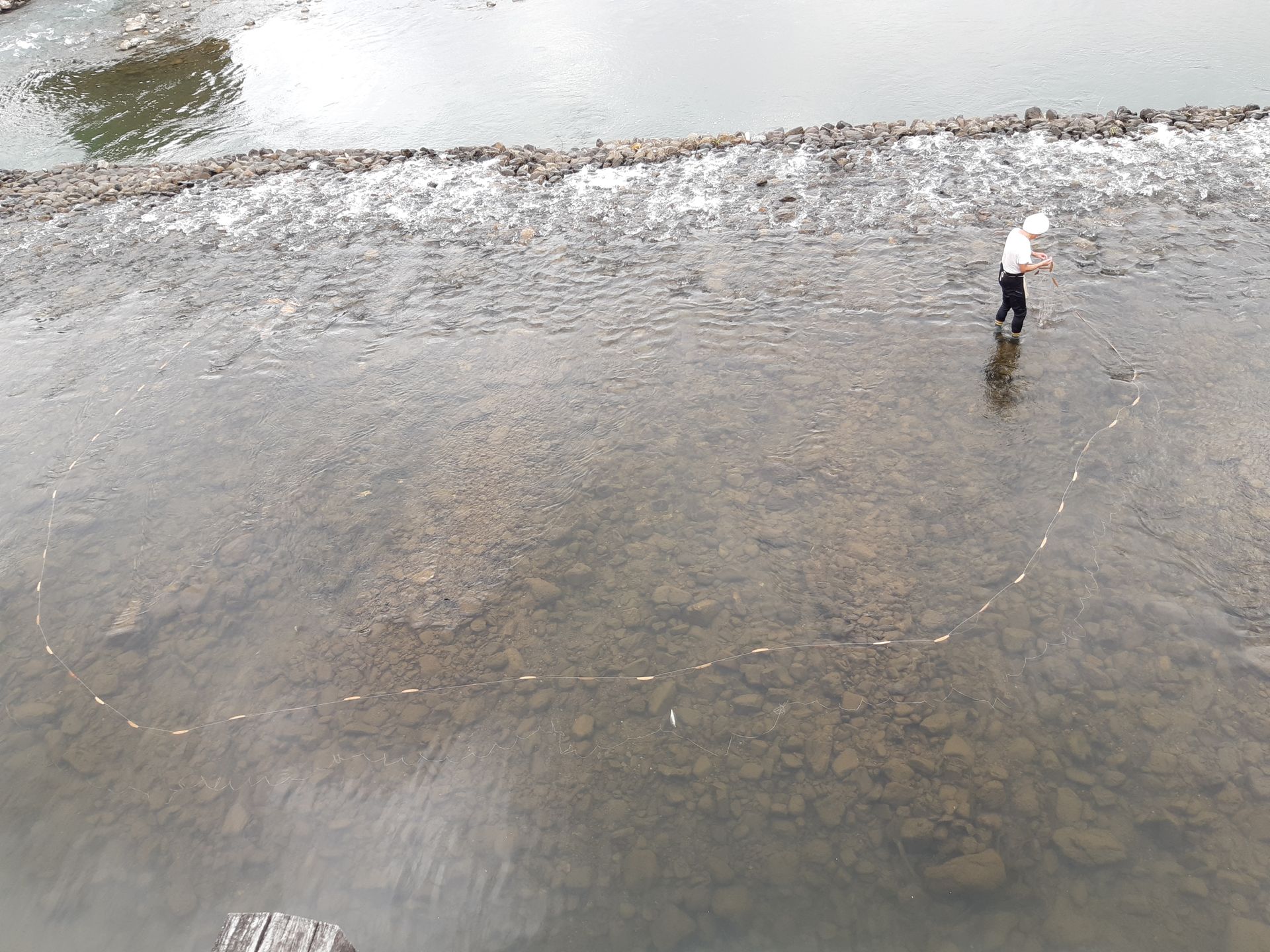
The Former Imperial Palace Gosho 🏯
The area of the fully restored imperial palace, which dates back to 1855, served as the imperial residence from 1331 until Emperor Meiji moved to Tokyo in 1868. It is now surrounded by a large park. In the past, the houses of the imperial courtiers stood here, but they decayed after the emperor moved to Tokyo. During one of his visits to Kyoto, Emperor Meiji ordered the removal of the dilapidated eyesore and the creation of a park instead.
The palace grounds can be visited free of charge after a brief security check, but I was too late for the English tour. Without a guide, it was interesting but not particularly spectacular: many large wooden buildings (that you can't enter), many gates, large open spaces covered with gravel, and a few artistic gardens (that you can't enter).
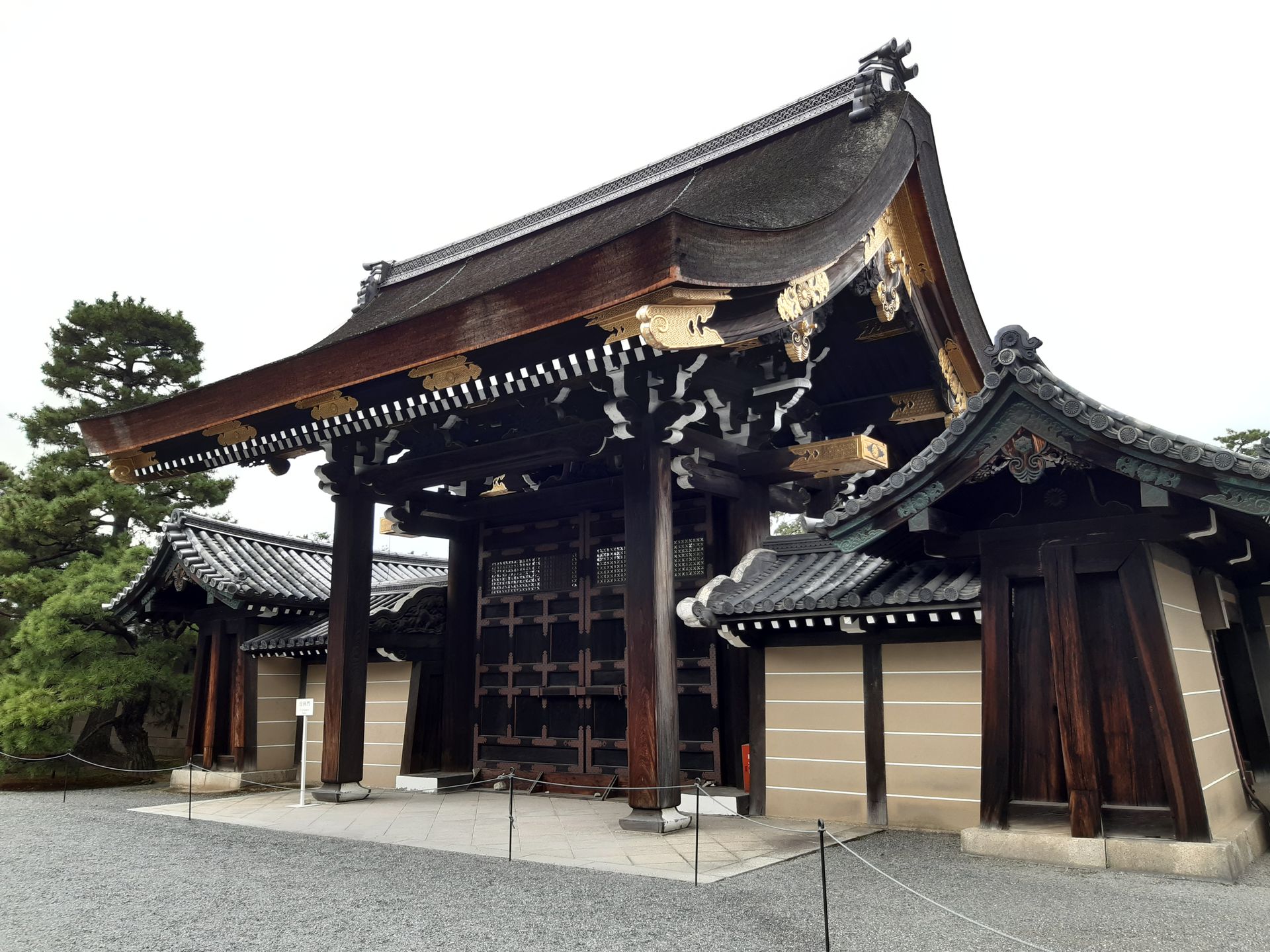
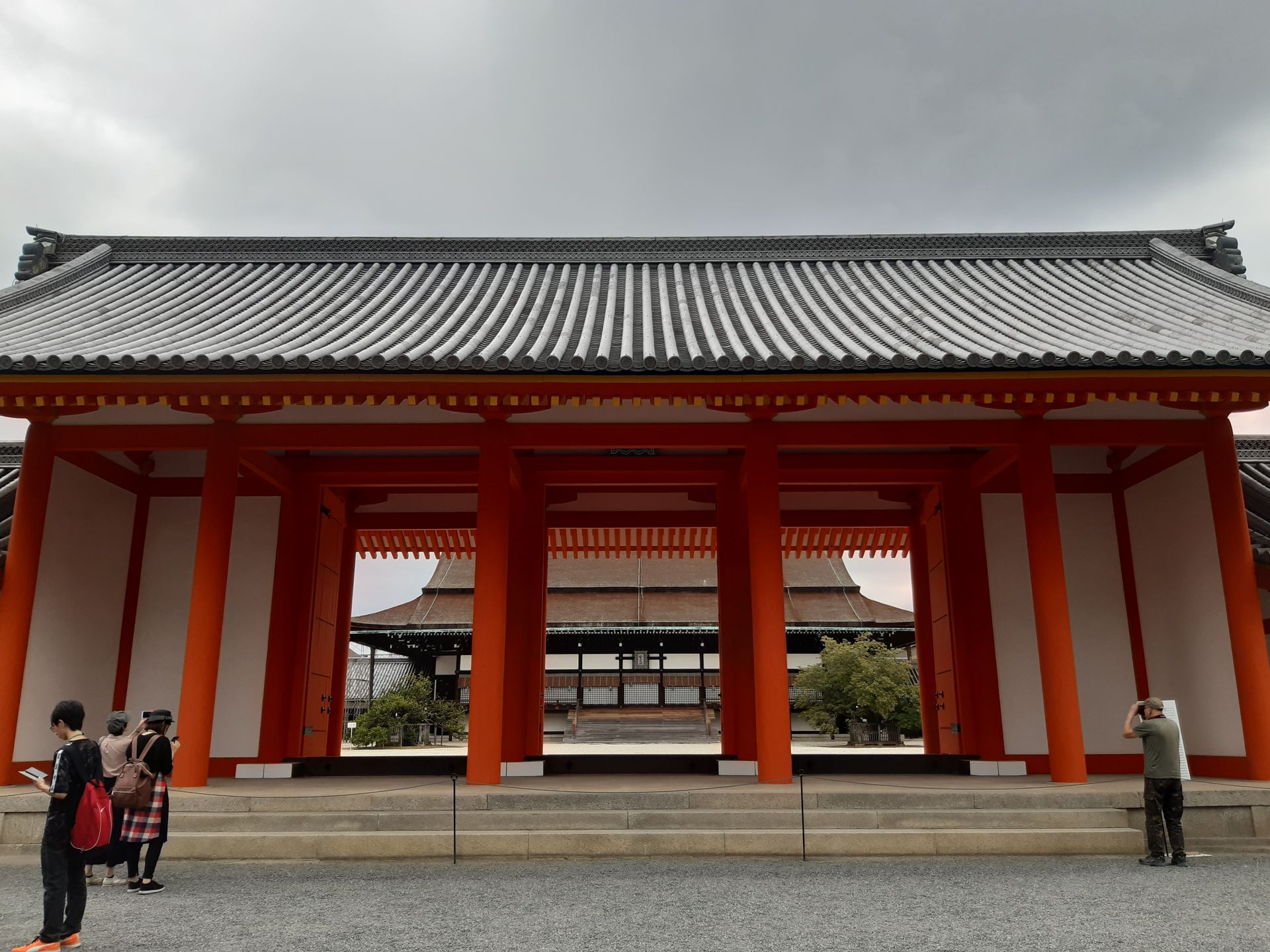
So I left after a short time and walked back along the river to Gion, where I wanted to watch a performance with geishas that was recommended during the city tour.
A Traditional Evening Performance at the Geisha Corner
For €25, you could watch a very touristy one-hour performance of traditional Japanese arts, including:
1) A traditional tea ceremony 🍵 = watching an older geisha meticulously prepare green tea.
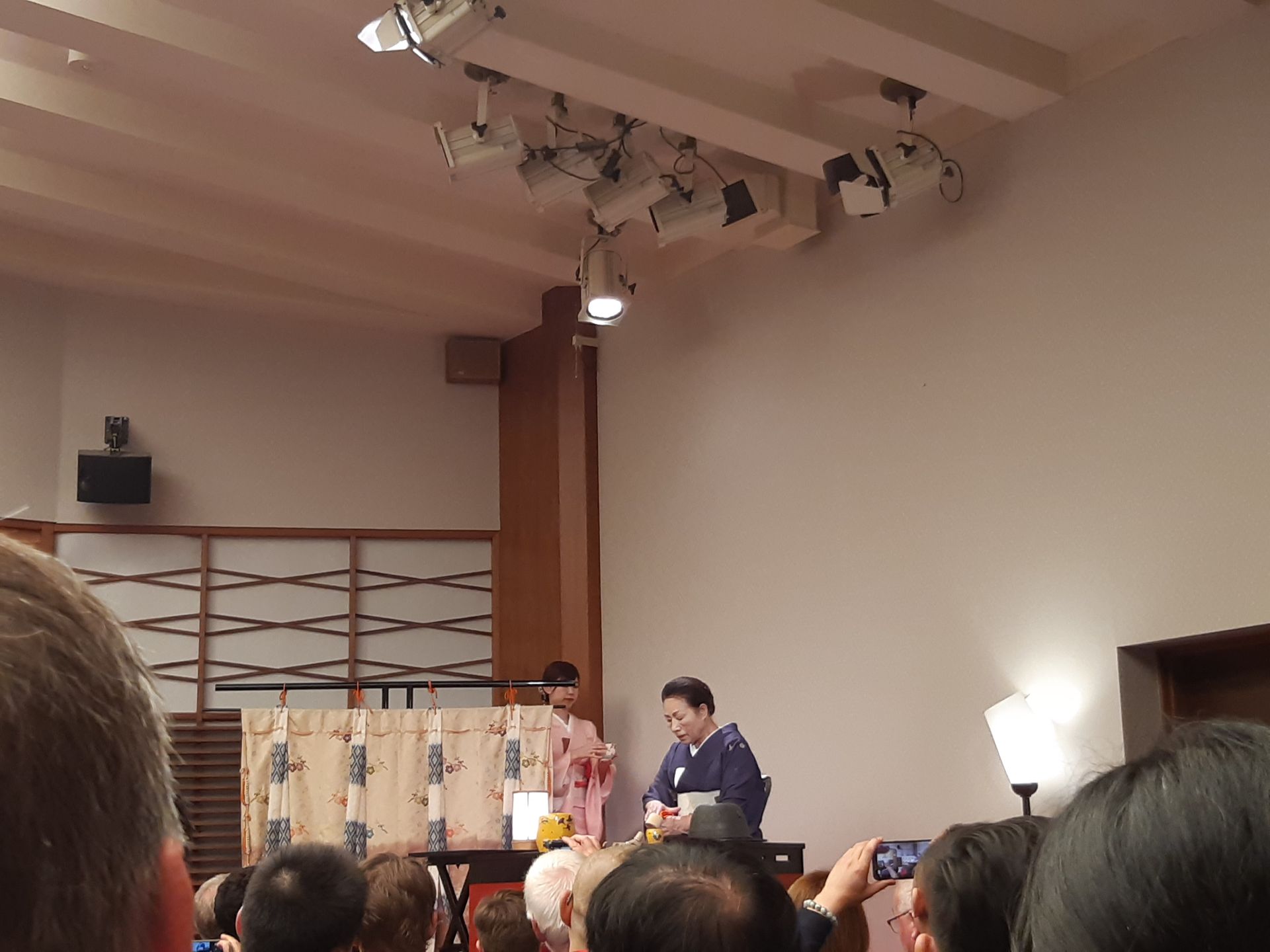
2) The traditional art of flower arrangement, Ikebana 💐 = watching a slightly younger geisha carefully cut, bend, and arrange 3 branches.
3) Koto music 🎶 = watching two middle-aged geishas pluck the 13-stringed instrument, which was introduced from China 1300 years ago and was mainly played at the imperial court.
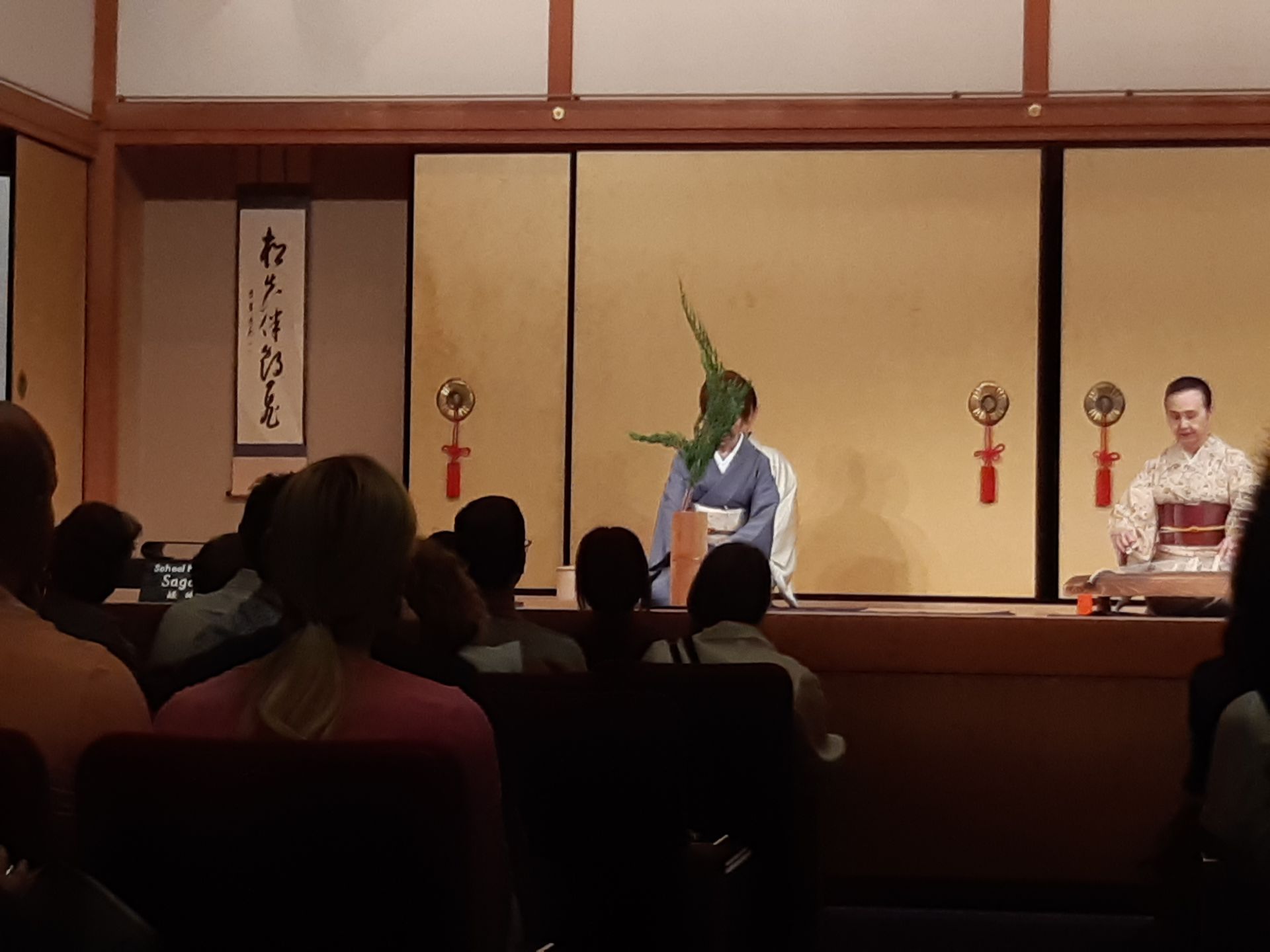
4) Court music Gagaku 👺 = watching a figure dressed in a mask and bright orange costume move more or less rhythmically to the more or less harmonious music played by sitting older men, occasionally accompanied by beats on a large drum.

5) A classic comedy play Kyogen 🎭 = watching three actors, one of whom shouts at the other two, cunningly ties them up, disappears, and yet they still manage to drink alcohol together (at least that's my interpretation), until the first one returns and chases them off the stage. Without understanding a word.
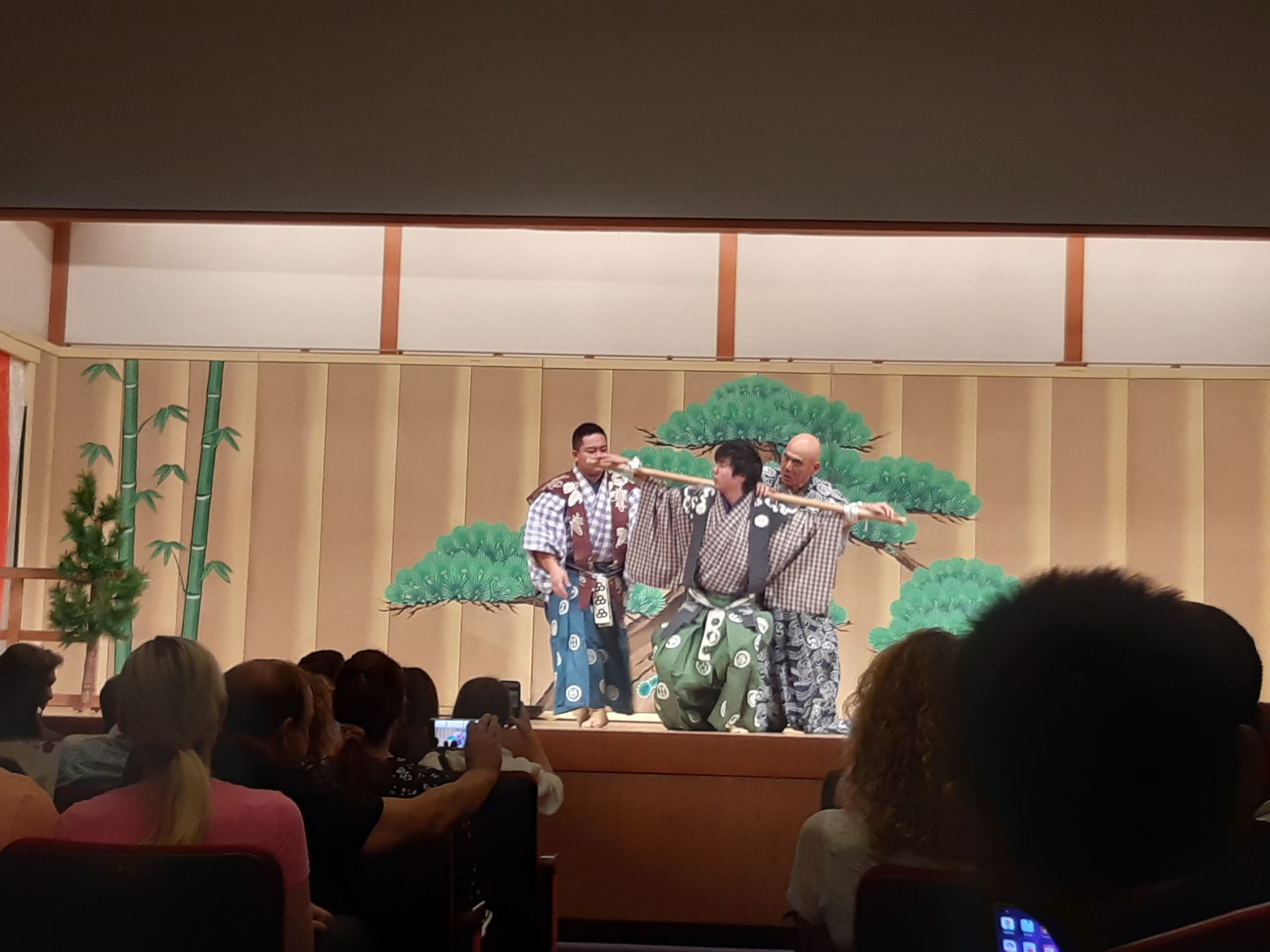
5) Two traditional geisha dances Kyomai 👘👘 = watching two elaborately decorated maikos perform graceful and carefully choreographed dances to songs that depict butterflies and the maikos' feelings about the different seasons.

6) A puppet play Bunraku 🎎 = watching three completely black-clad figures, some of them wearing executioner's hoods, run around the stage with a 1-meter-tall puppet against a black backdrop, moving it quite impressively and depicting its emotions as they try to save their fiancé from execution (according to the program booklet).
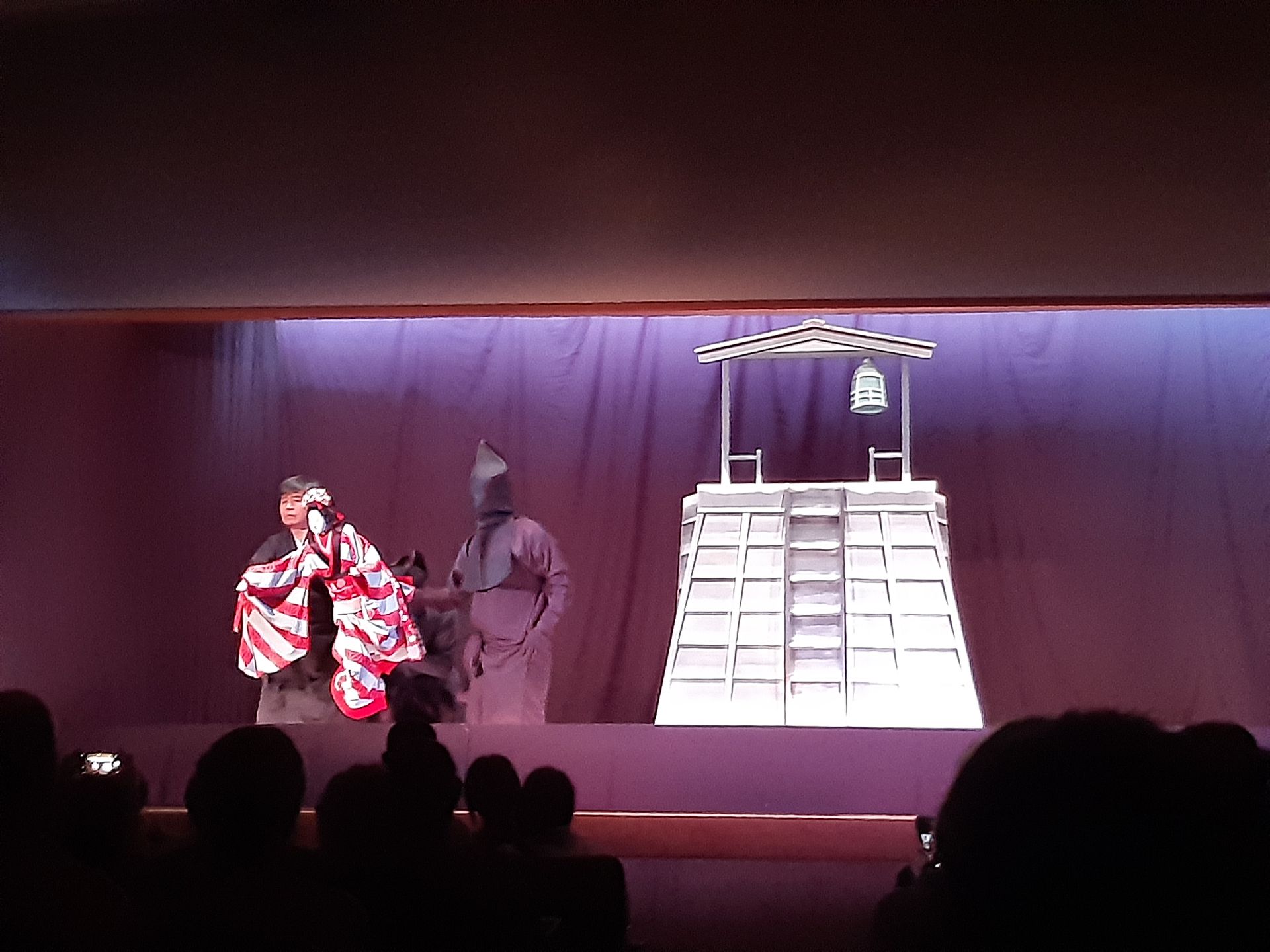
All in all, quite interesting 😂
Yes, and then it was time to go back to the hostel, pick up my luggage, go to the train station, and take the bus back to Tokyo: arrival at 5:30 a.m., home by 6:15 a.m., and work at 9:00 a.m.
Bhalisela i-Newsletter
Phendula
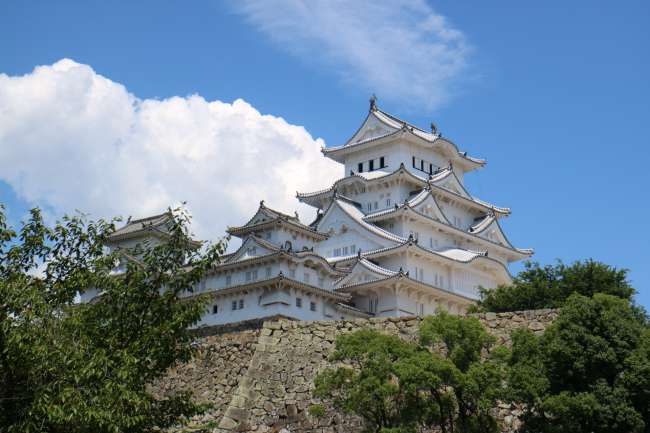
Imibiko yokuvakasha Japan
